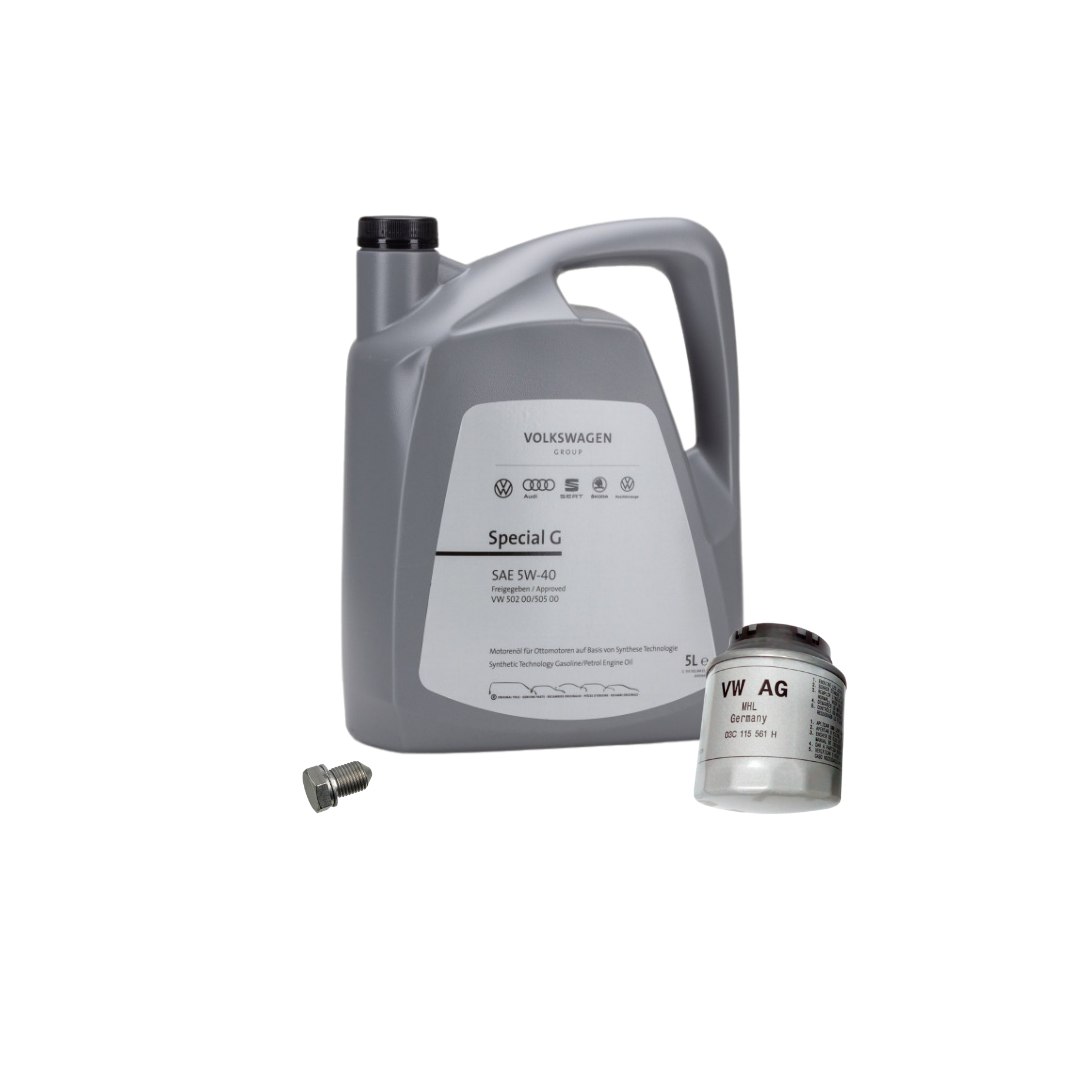Choose a cost-effective clp engine for industrial applications.
Choose a cost-effective clp engine for industrial applications.
Blog Article
Just How a Clp Engine Can Boost Performance in Numerous Industries
The development of CLP engines notes a considerable change in operational efficiency throughout numerous industries, driven by their capacity to maximize gas usage and lessen downtime. As organizations significantly prioritize sustainability together with performance, the duty of CLP engines becomes also a lot more important.
Overview of CLP Engines
CLP engines, or Constant Liquid Propellant engines, stand for a considerable innovation in propulsion technology, especially for room applications. These engines use a continual feed system that enables the continual expulsion of propellant, leading to boosted effectiveness and efficiency compared to traditional strong or hybrid propulsion systems. By keeping a continuous flow of liquid propellant, CLP engines can achieve more exact drive control, which is crucial for steering spacecraft in numerous goal circumstances.
The design of CLP engines integrates sophisticated products and innovative gas management systems. clp engine. This leads to reduced weight and increased integrity, vital variables for long-duration space objectives. The continuous procedure decreases the threat of combustion instability, a typical challenge in traditional rocket engines.

Benefits in Manufacturing
The manufacturing of Continual Fluid Propellant (CLP) engines offers several notable benefits that boost both efficiency and cost-effectiveness. One of the main advantages is the streamlined manufacturing procedure, which decreases the intricacy connected with conventional propulsion systems. By using fluid propellant, makers can achieve greater accuracy in engine performance, resulting in optimized energy output and reduced waste.
In addition, CLP engines help with a greater degree of modularity, allowing for much easier assimilation into various manufacturing lines. This flexibility can dramatically decrease lead times and improve total operational adaptability. The usage of CLP technology also has a tendency to minimize the need for comprehensive maintenance because of less relocating components, which translates into minimized downtime and operational costs.

Applications in Logistics
Leveraging Continual Liquid Propellant (CLP) engines in logistics provides substantial benefits in functional performance and integrity. These engines provide a durable remedy for numerous transport needs, making it possible for the smooth motion of products across substantial ranges. The fundamental design of CLP engines permits for regular power result, which equates into smoother and a lot more predictable transport routines.
Among the vital applications this hyperlink of CLP engines in logistics is in sturdy freight transportation, where they can drive both ground and airborne lorries. Their capability to maintain high efficiency under varying load problems makes certain that shipment timelines are fulfilled, therefore enhancing consumer complete satisfaction. In addition, CLP engines can be incorporated right into automated logistics systems, facilitating real-time tracking and optimizing path planning.
Moreover, the toughness of CLP engines decreases upkeep downtime, permitting logistics firms to optimize their functional capabilities. This is specifically beneficial in warehousing operations, where performance in managing and transferring products is important. As logistics proceeds to develop, the combination of CLP engines stands for a forward-thinking technique that not just enhances performance yet also supports the sector's growing needs for dependability and rate.
Influence on Energy Efficiency
How do Constant Liquid Propellant (CLP) engines improve energy effectiveness in transport? CLP engines use a constant circulation of fluid gas, maximizing burning processes and preserving a steady thrust outcome. This style lessens energy losses connected with traditional burning engines, where gas shipment can vary and result in inefficiencies.
The continuous procedure of CLP engines enables a much more efficient thermal cycle, resulting in greater specific impulse compared to traditional engines. clp engine. This converts to decreased gas consumption for the very same quantity of job done, substantially reducing operational prices across different transport markets, consisting of aeronautics and maritime industries
Furthermore, the ability of CLP engines to keep optimum performance under varying tons problems go to website decreases the need for constant velocity and slowdown, better improving fuel performance. Enhanced power performance not only adds to set you back financial savings however additionally leads to reduce greenhouse gas emissions, aligning with worldwide sustainability goals.
Future Trends and Innovations
Emerging advancements in Constant Fluid Propellant (CLP) engine technology pledge to reinvent the landscape of transport effectiveness and sustainability. As industries pivot toward greener choices, CLP engines stand at the center, incorporating cutting-edge materials and layout techniques that boost performance while lessening environmental influence.
One of the most promising patterns is the adoption of hybrid systems that integrate CLP engines with renewable power sources. This harmony can maximize go to these guys fuel usage and decrease emissions, lining up with worldwide sustainability objectives. Additionally, improvements in computational liquid characteristics (CFD) are assisting in the style of even more aerodynamically reliable engines, resulting in reduced drag and boosted gas efficiency.
In addition, the growth of wise tracking systems is readied to boost functional performances. These systems utilize information analytics and IoT innovation to enhance engine efficiency in real-time, making sure that the engines operate within their most reliable specifications.
As research study remains to discover alternate propellant formulations-- such as biofuels and synthetic fuels-- the future of CLP engines looks encouraging. By utilizing these advancements, markets can not only boost their effectiveness yet additionally contribute significantly to a cleaner, extra sustainable future in transport.
Verdict
In conclusion, CLP engines stand for a substantial advancement in efficiency across numerous markets. The assimilation of innovative products and less relocating components decreases upkeep demands, while alignment with sustainability objectives settings CLP engines as a crucial innovation for the future.
Report this page